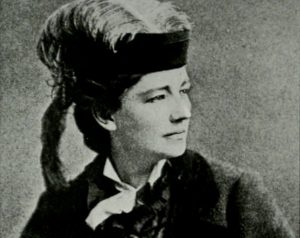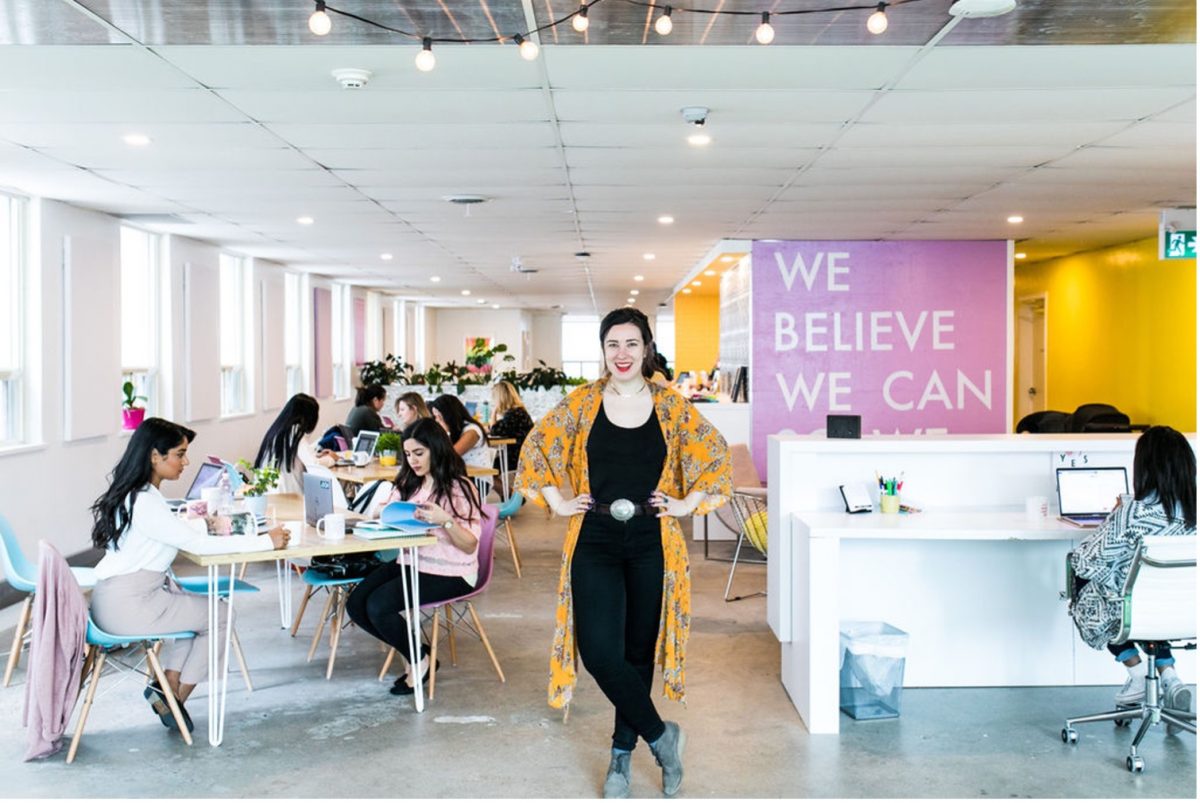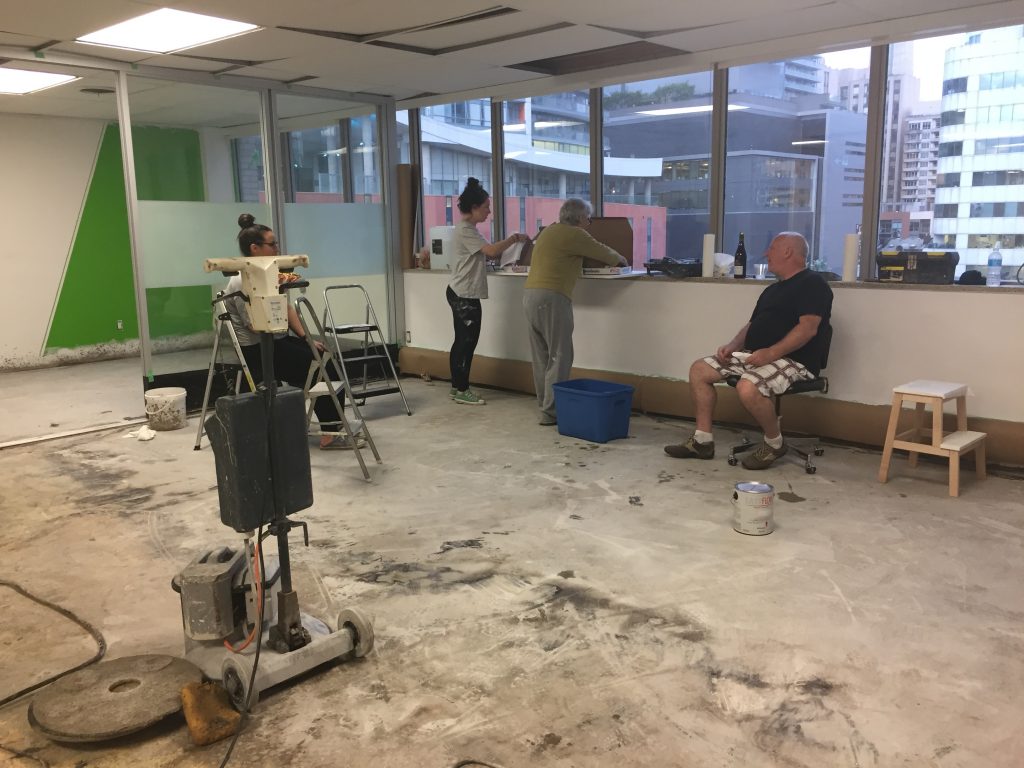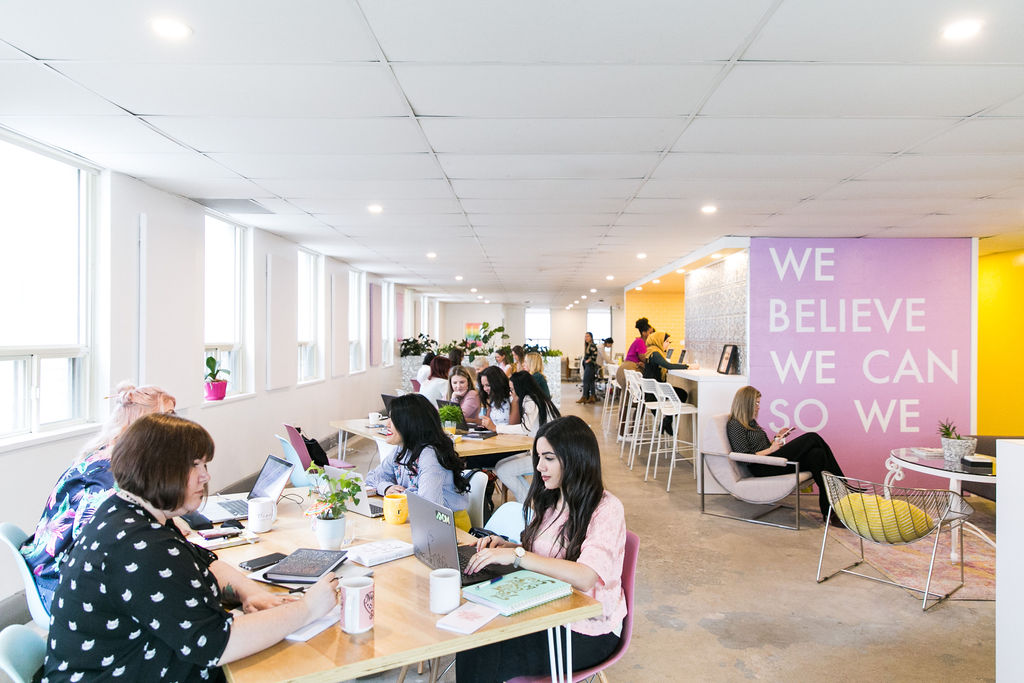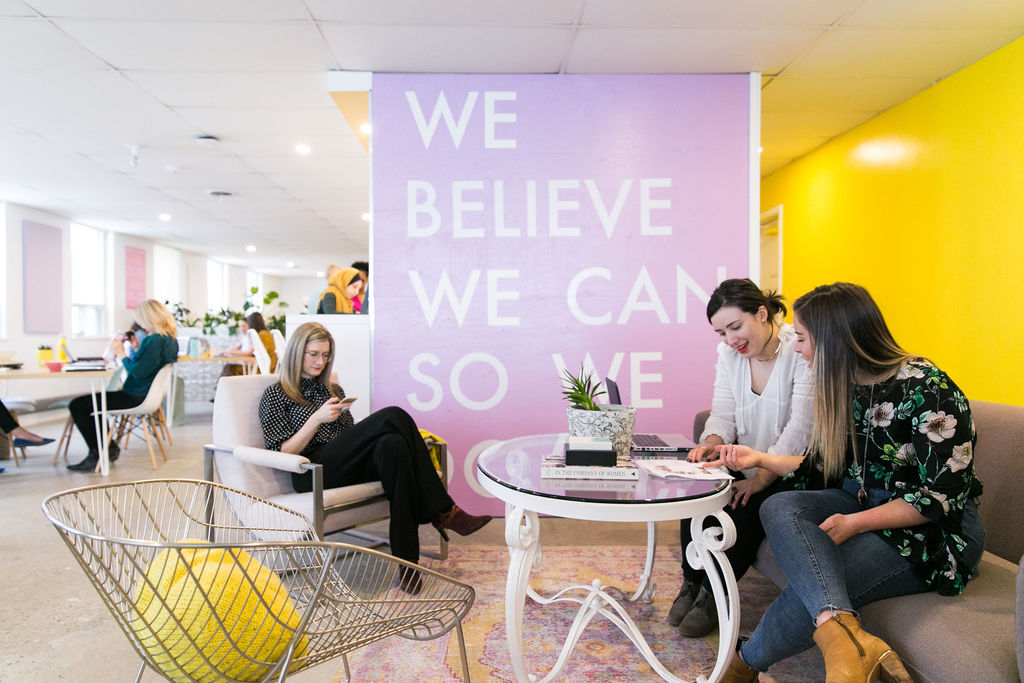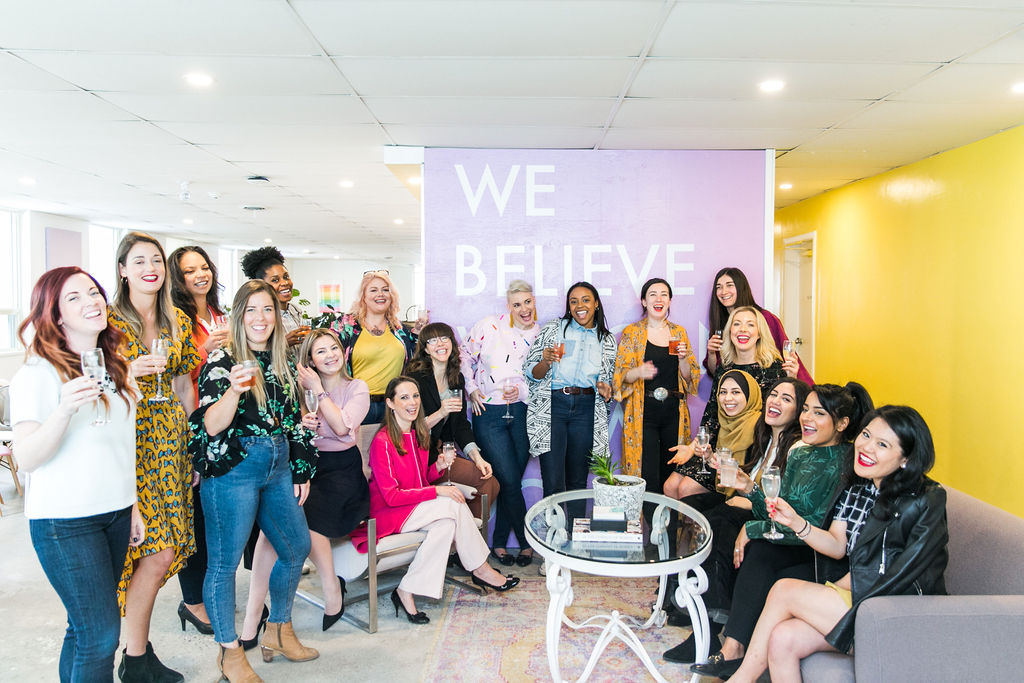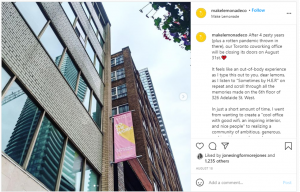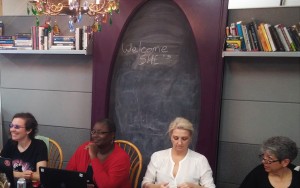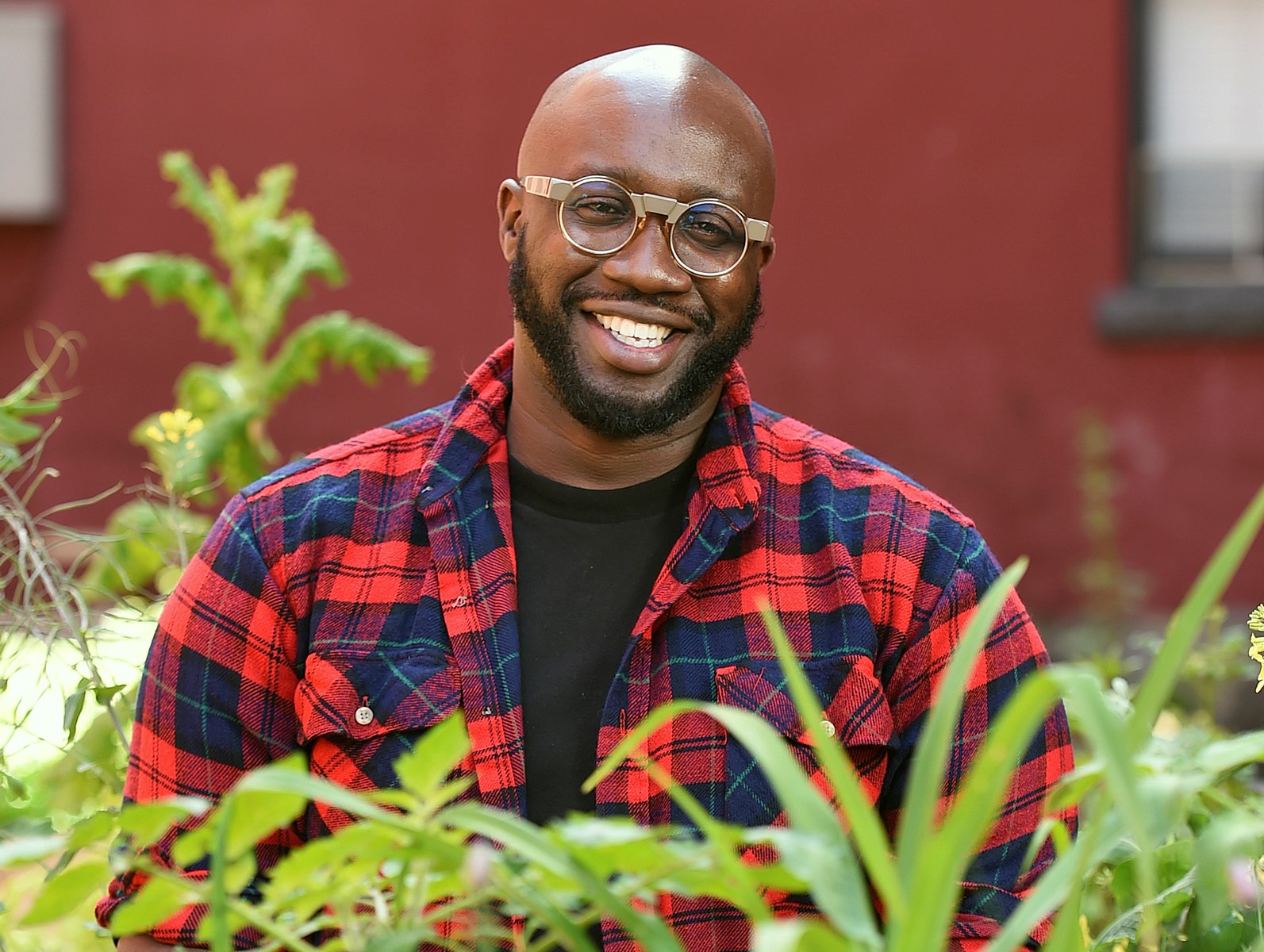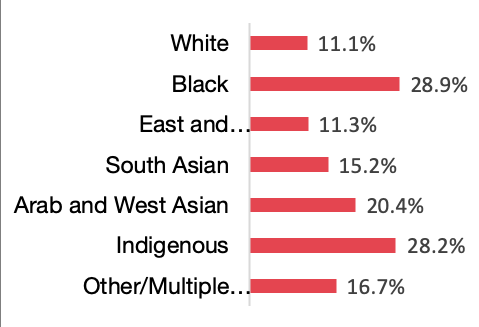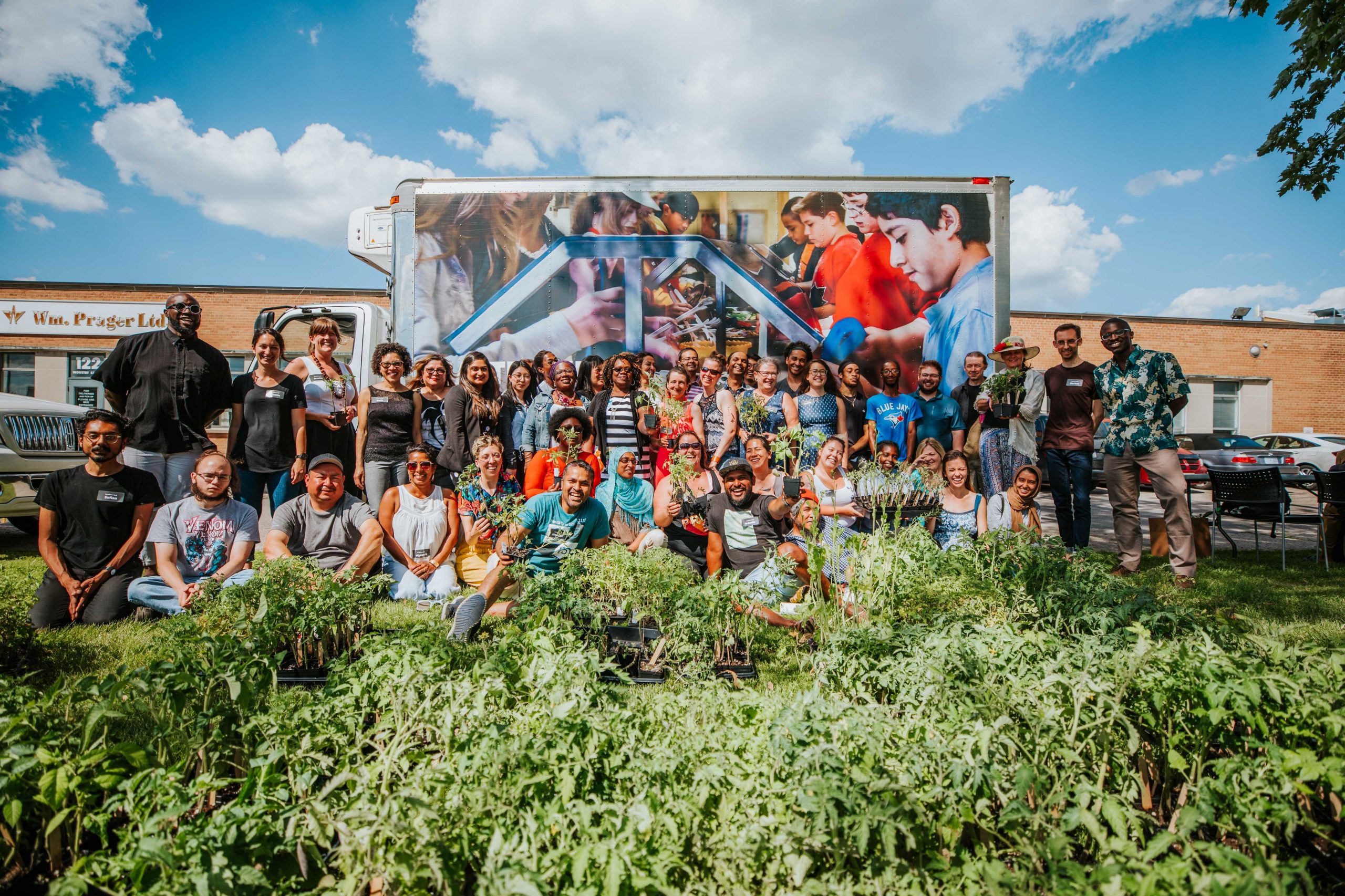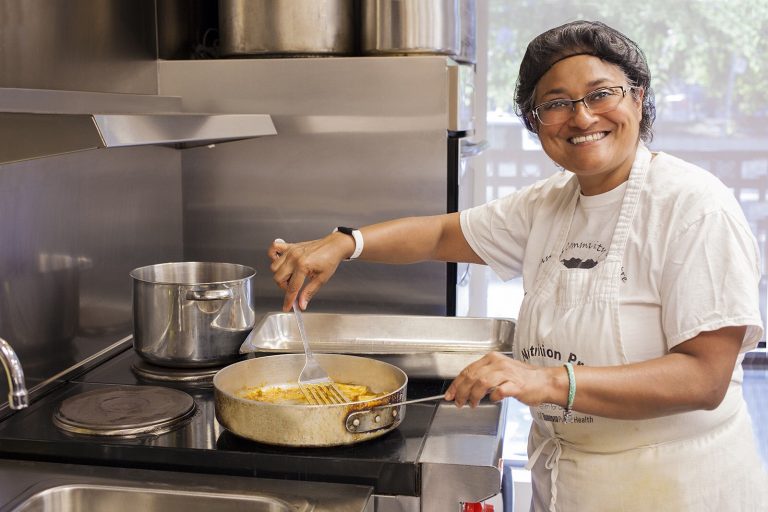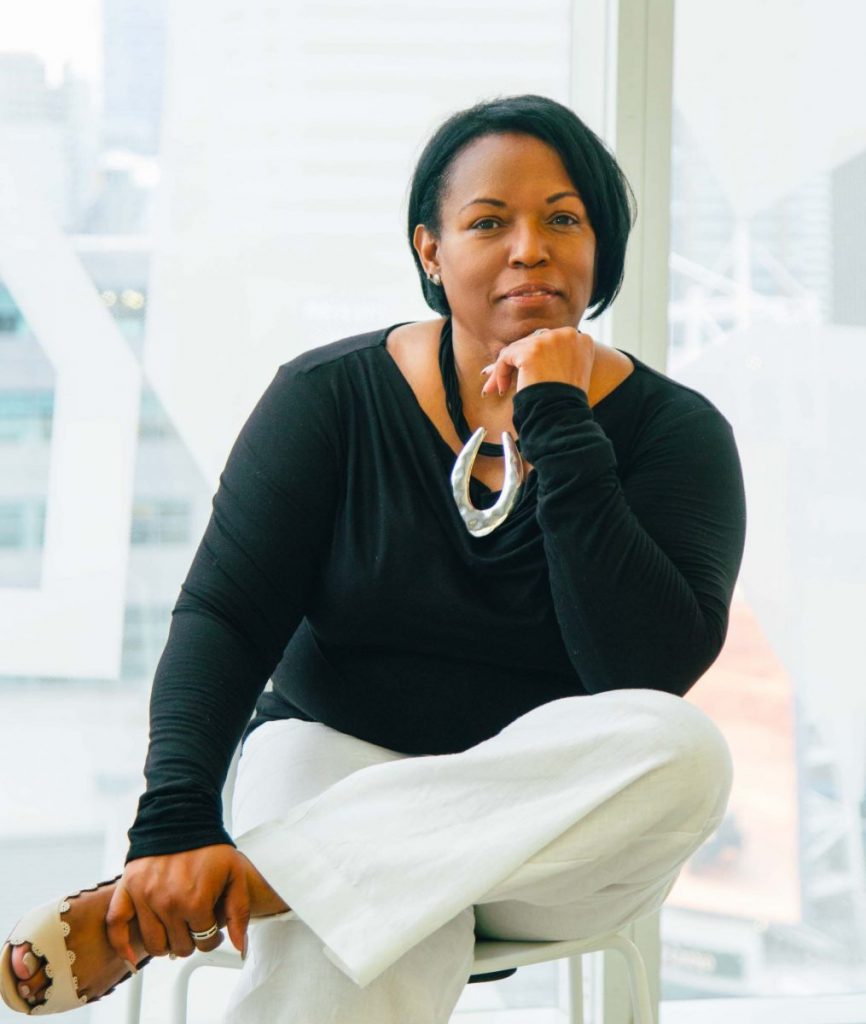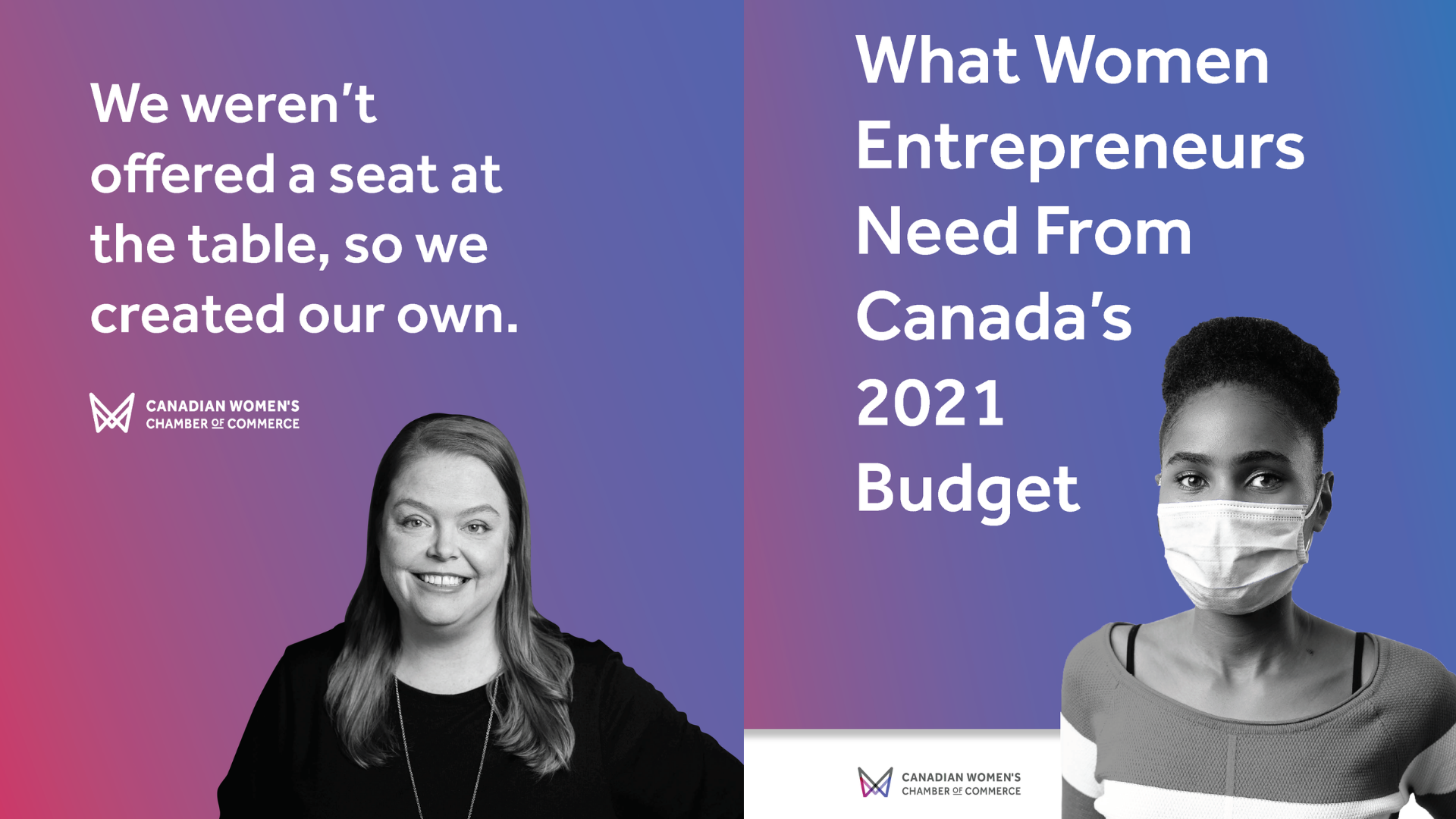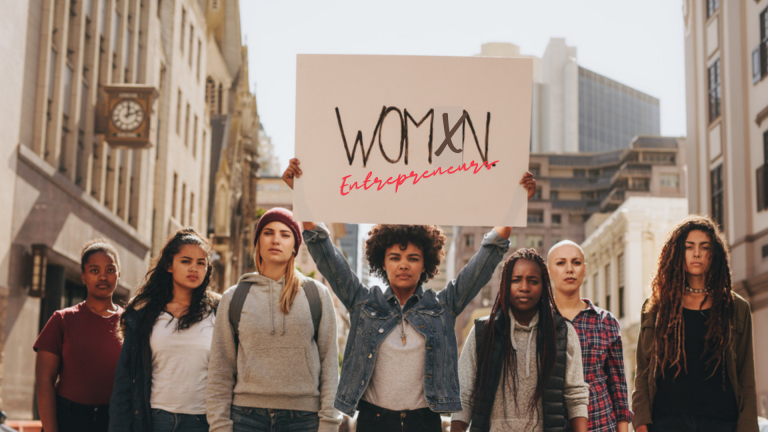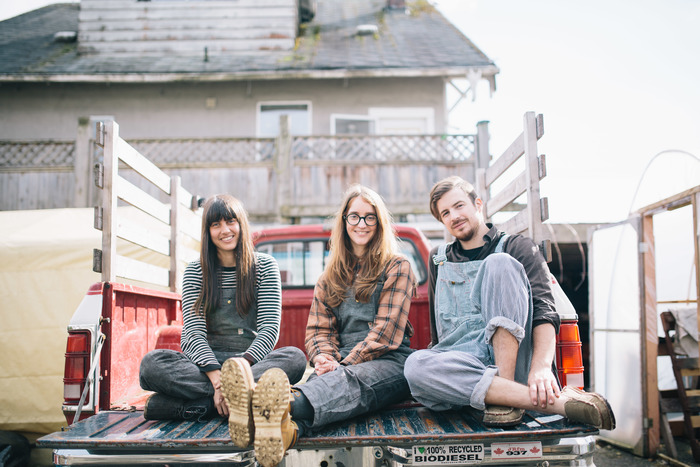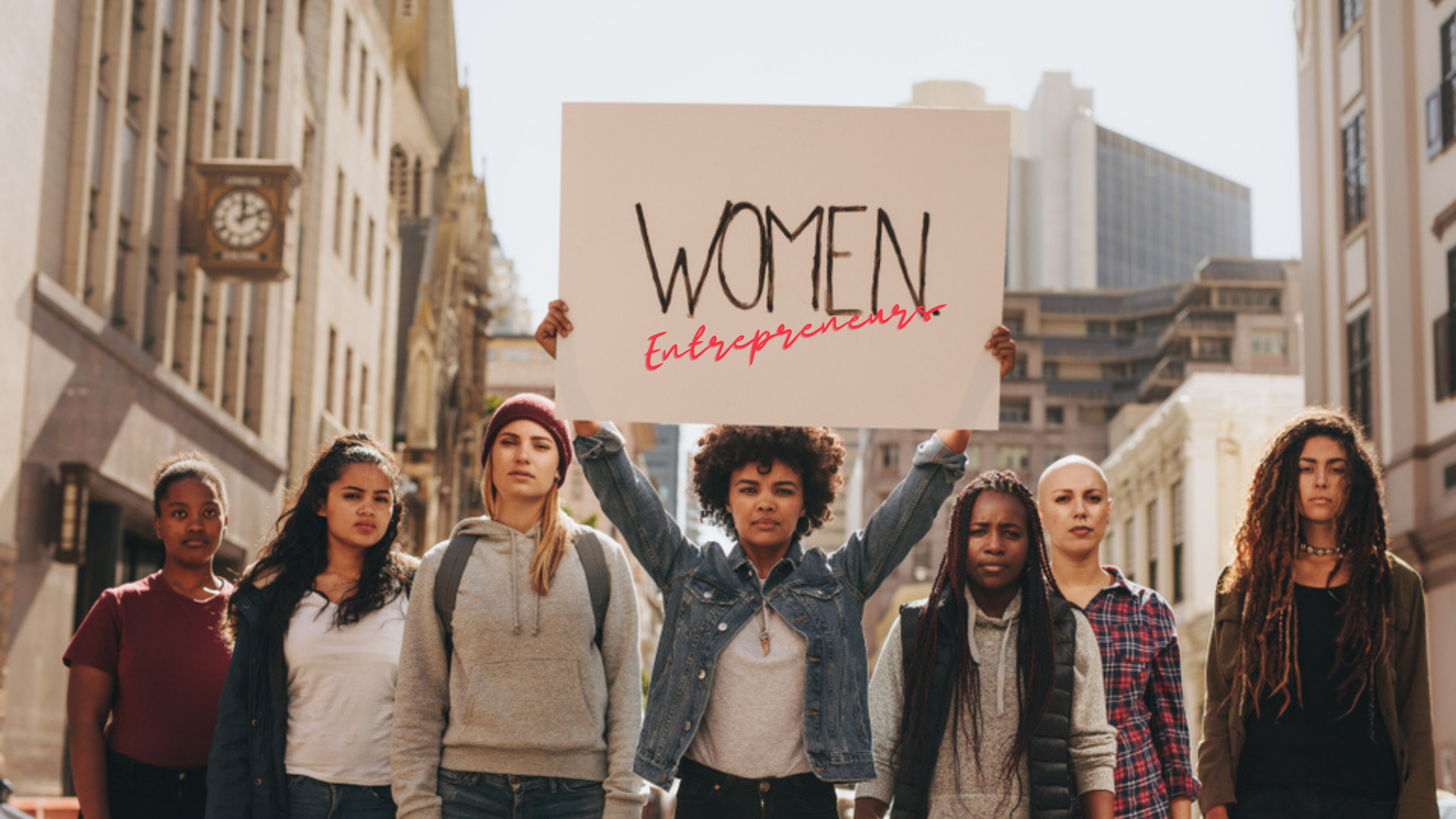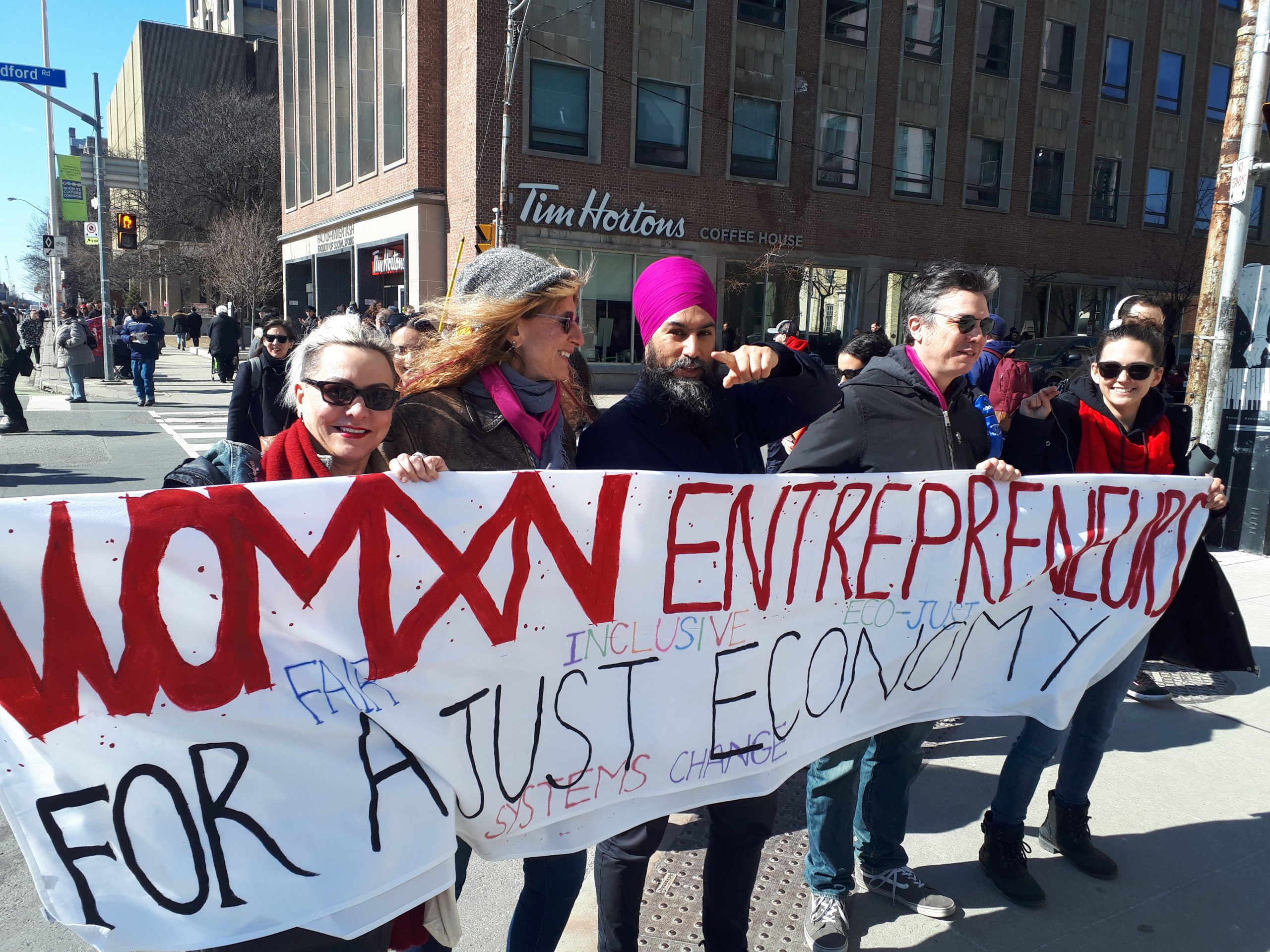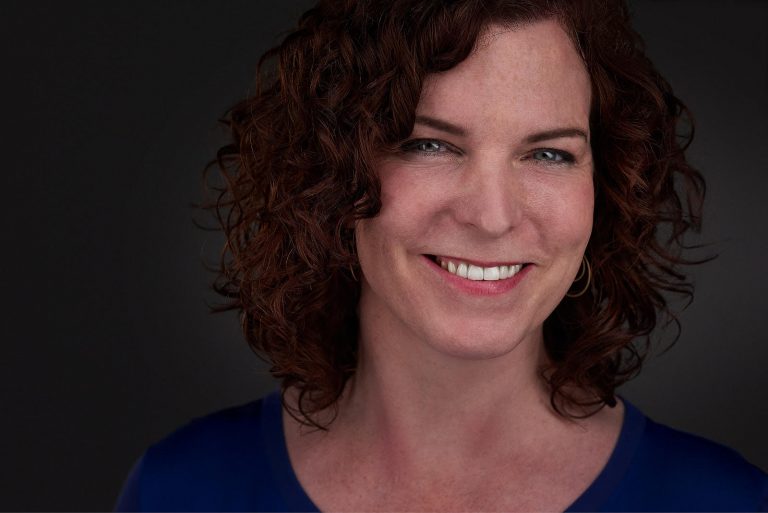
I remember the sting felt while listening to speakers at a small business conference ten years ago. It was there that I sensed alienating and regressive elements about the small business space. Table talk centered to the political right, and sometimes far right of center. I sensed contradictions between the values speakers espoused and their operating practices. For example, firms that showcased donations to local food banks while paying temp workers $14.00 per hour to minimize labour costs. It became evident who in the room had power through voice and who did not. This moment has not left me. Further forays into small business spaces have reinforced my initial impressions.
Small business communities are not, of course, homogeneous. In my experience, the pulsing heart remains male-dominated, conservative, and increasingly populist. When it comes to advocating for justice, diversity and inclusion, its leaders are more likely to push for initiatives that put money in owner pockets without consideration how they might affect a wider group of others.
Given the size and power of the small business community, those of us working for change should be concerned. Social change makers cannot ignore Canada’s small business community. From 1.2 million incorporated, for-profit enterprises in Canada: only 380 (.0003%) are ‘Business for Good’ BCorps.
Business as a force for good?
It’s 2022. The world is on fire. I am getting impatient. Being a conformer in business is not enough. If we want a better world, we need progressive small business owners to put their weight behind advocacy and organizations working for social and economic justice.
History has shown that for-profit founders can be powerful allies to movements for justice. In the 18th century, small business traders and merchants helped peasants and serfs accelerate change from feudalism to capitalism. Dutch bankers risked their lives by leveraging their wealth to resist the Nazis in the early 1940s. We can look to the founding of women-owned credit unions in the 1970s. Today, small business owners have been successful in fighting interest rate hikes and landing COVID-related recovery measures. Small business advocates are powerful when they want to be. The community knows how to organize and have impact, when its interests are perceived to be at risk.
If today’s economic system that shapes our lives is hurting most of us, doesn’t it make sense for small business owners to challenge capitalism, colonialism, patriarchy and other forms of oppression?
In Canada, small and medium-sized enterprises (SMEs) represent 97.9% of all incorporated companies. 53.8% are companies with 1 to 4 employees – including the founder – employing 67.7% or 7.7 million Canadians. These businesses generate 37.5% of private sector GDP. Women-majority owned businesses represents only 16% of incorporated SMEs, and another 13% are equally owned by men and women.
Clearly, the small business part of our economy is big, influential, and while women are making progress, still mostly male-led.
The small business entity is unique from it’s large, often publicly traded, hired CEO-led counterparts in that these founders have considerable freedom to choose and operationalize their politics and values. They can also pivot and implement changes quickly. Given this freedom, and the weight and size of the Canadian small business community in aggregate, it has the power to change — everything. Instead, it primarily chooses to work at maintaining and perpetuating the status quo.
This set me on a journey.
Are there others looking to re-imagine the role of small enterprise in these times of growing, grotesque inequality? Are there other founders interested in leveraging their passion for innovation, fairness, inclusion, resilience building and enterprise crafting to help dismantle rather than protect capitalism, colonialism, patriarchy and white supremacy?
Intersectional feminist Entrepreneurship – a porchlight in the storm
Turns out there was.
However, finding the feminist entrepreneurship community was a bit like finding a stick insect in a forest. They were there, but they’re hard to find. This required patience and persistence.
But find them I did.
The feminist enterprise community is an informal, intergenerational, diverse, international group of brave pioneers who are scattered across the world. The composition includes feminist thought-leaders, entrepreneurs, investors, writers, artists, academics, activists, corporate ex-pats, and dreamers. Today, they are my core community of practice-as-a-feminist entrepreneurs.
Our conversations and debates cracked me open and let the light in. Online meet-ups and in-person conferences, and ongoing debates provide nourishment, support, teaching and provocation Through these experiences, I have emerged from beneath a heavy blanket of no longer relevant beliefs, values and teachings, including those espoused in my MBA courses—accumulated and internalized as unassailable truths gathered over the decades.
Come Sit At Our Table
Today I am a proud and vocal feminist entrepreneur. I do business very, very differently because of what I have learned.
I dream of a day when saying ‘We are a feminist business’, tells people what the enterprise stands for. But first, we need more people to understand what feminist founders believe and what feminist enterprise community is about.
So, draw up a chair, and let me share what I have learned from my teachers:
- It’s not new. Feminist enterprise crafting goes back to long before suffragette days. There have always been folks who align their enterprise skills and ability to marshal resources with social movements.
- Intersectionality rules: Feminist entrepreneurship as a field and practice are predicated on Kimberlé Crenshaw’s work on intersectionality which reoriented today’s feminist work to focus on ending all oppressions because they are all ultimately linked.
- Not only women: The feminist enterprise movement includes all people, trans, queer and those who experience gender-based oppression.
- How to tap bountiful alternative resources: Most feminist enterprises are bootstrapped. Why? Founder independence and progressive politics turn off many investors and corporations. By necessity, founders work to grow and sustain their enterprises by working like individual hydrae in nature’s underground mycelial networks—adapting, collaborating, sending and receiving and sharing, so each has what they need and so that the whole is ultimately stronger.
- Deep learning and questioning: The feminist entrepreneurship community demands deep study beyond topics like mastering social media. To unearth viable, innovative alternatives, we dig into radical and subversive ideas for insight. We examine the thought leadership of Karl Marx, adrienne maree brown, Ursula K. Le Guin, Kate Raeworth, Alicia Garza, Vandana Shiva, Nick Srnicek, CV Harquail, Dr. Barbara Orser, Tim Jackson–not just Lean Startup by Al Reiss. We co-create, elevate radical, alternative ideas for leading, designing, growing enterprises that are missed in mainstream entrepreneurship education and support programs.
- It’s about the how: Feminist entrepreneurs prioritize how versus why and what of enterprise work. We think about how systems of oppression work, are embedded and perpetuated in how they operate. We work to liberate or disassociate our venture practices from these systems.
- The personal and organizational is political: Feminist entrepreneurs are fiercely, transparently political, and careful about who gets our time, attention and money. We march. We write to our elected officials. We don’t do business with founders who are trans-exclusionary, businesses who fund alt-right or anti-choice organizations.
- Non-extractive: We see ourselves as accountable, stewards of resources not masters of extraction.
- Solidarity: We support indie feminist activists, feminist media and feminist organizations including nonprofits, collectives, and non-registered grassroots initiatives. We see the feminist economy as one big sisterhood, undivided by legal formation choices.
- We have fun. This is a love centered, loyal, joyous, complex community that is re-learning what it means to build post capitalist enterprises.
This all said, we are not yet organized as a strong political voice. But we are working on it. It is critical that we do this work to sustain our collective voices, have resources to be allies, and mobilize this small business body politic.

Growing the new, inside the old
The feminist entrepreneur’s movement remains an outlier. It’s not an idea. It’s a practice.
It is ignored by labour, the left, and side-eyed by some who see feminist entrepreneurs as neoliberal lipstick capitalists. Mainstream entrepreneurship and small business people think we burn bras for a living.
Nothing could be further from the truth.
If we are to build a post 20th century capitalist world in which all can thrive, we need activists and movements to take a closer look at the small business space as an ally and to find ways to mobilize individual change makers within it.
We need entrepreneurship educators and training institutions to overhaul programming—which emphasize enterprise skills and knowledge developed in the 1990s.
Just imagine if all SMEs were a force behind transforming capitalism towards a healthier, fairer, market-based system that operates in anti-oppressive, non-extractive, human-centered ways of strengthening community!
Imagine if they are not.
Related Reading

This Show Must Go On
One theatre company’s big idea to save the world: teach kids how to be environmental superheroes

The Power of Two
Two Black filmmakers found a treasure trove of activist footage – and a company.

Transforming Construction
Kalen Taylor founded a dual-purpose construction company to build and rebuild lives. Foundational lessons to be learned.







